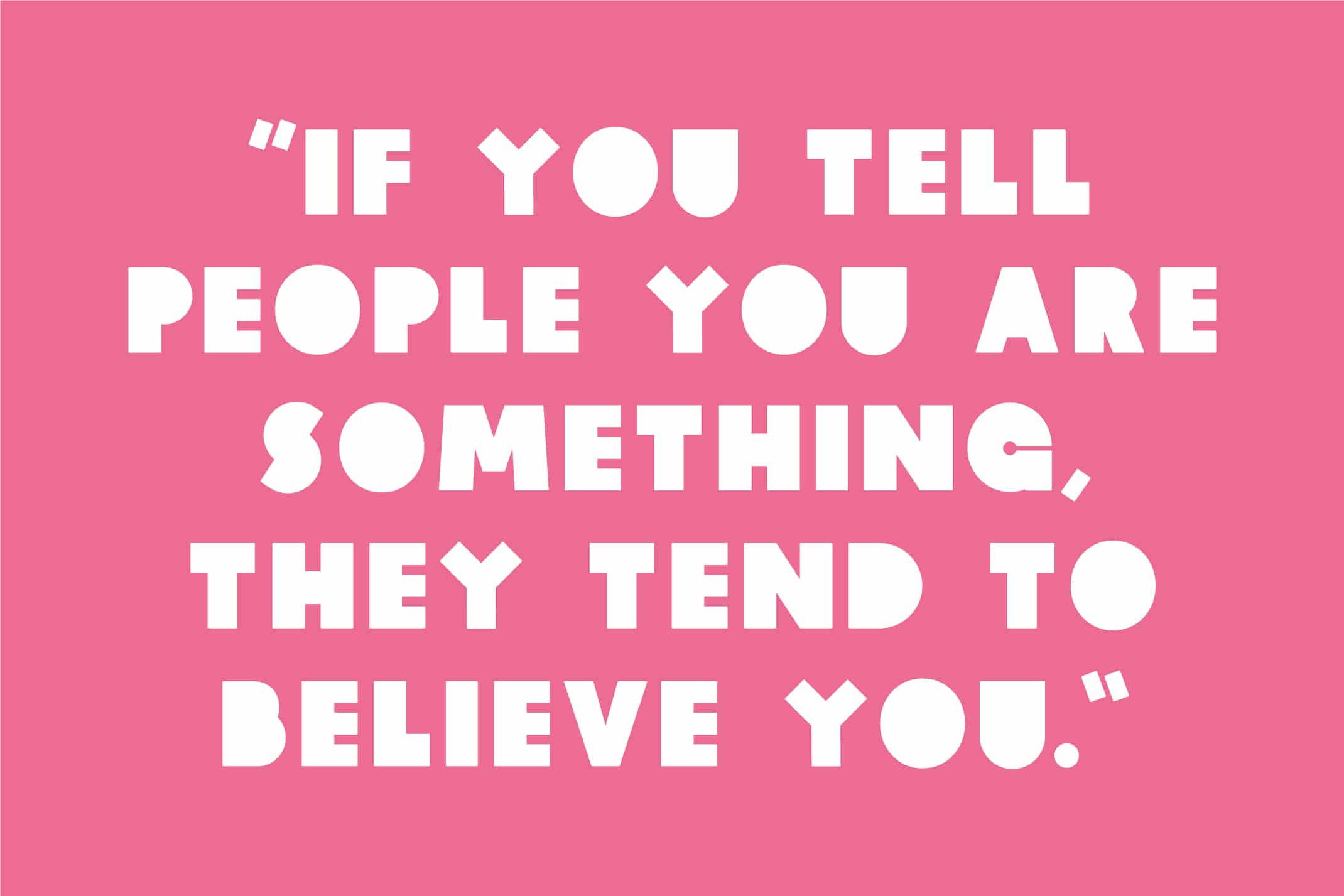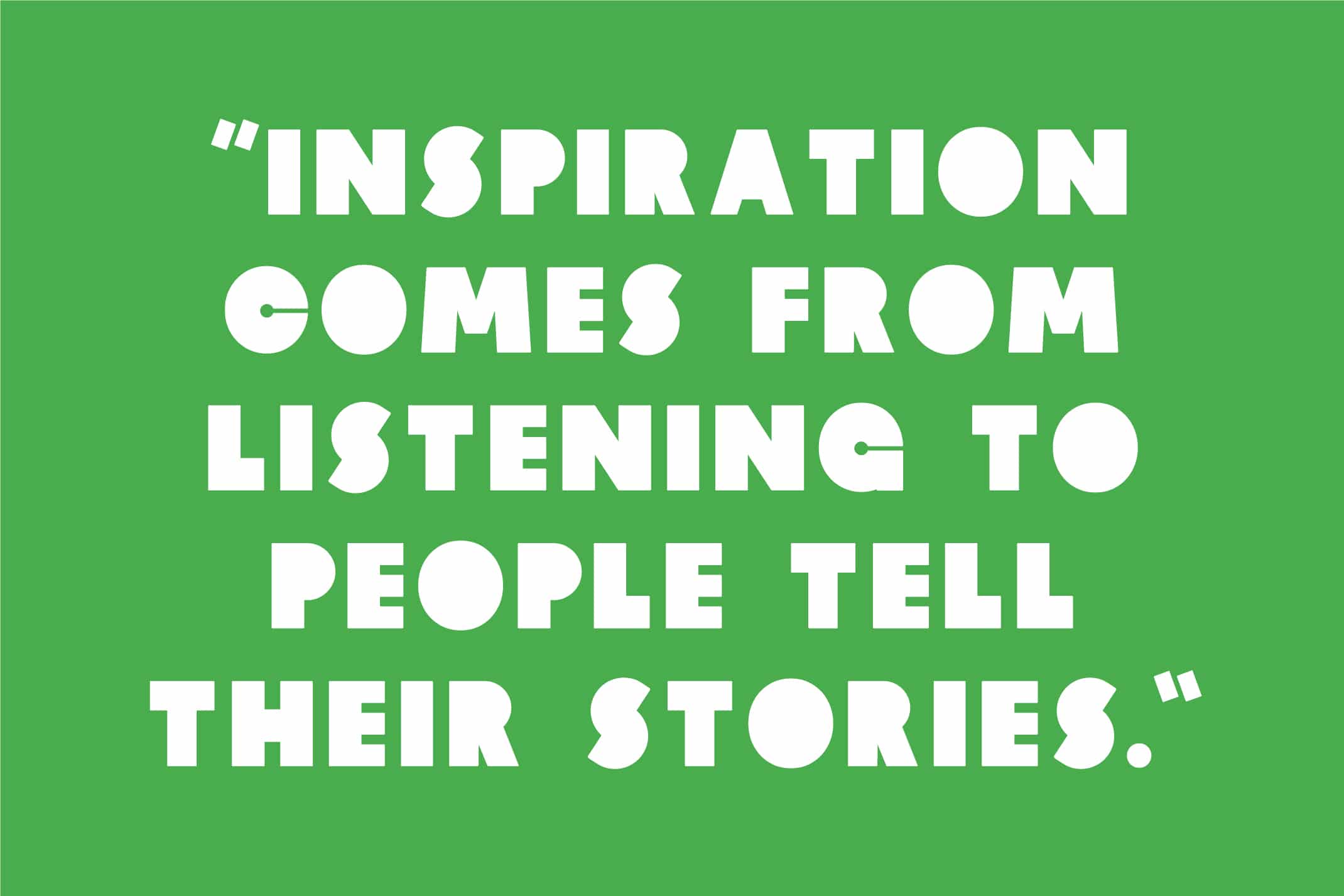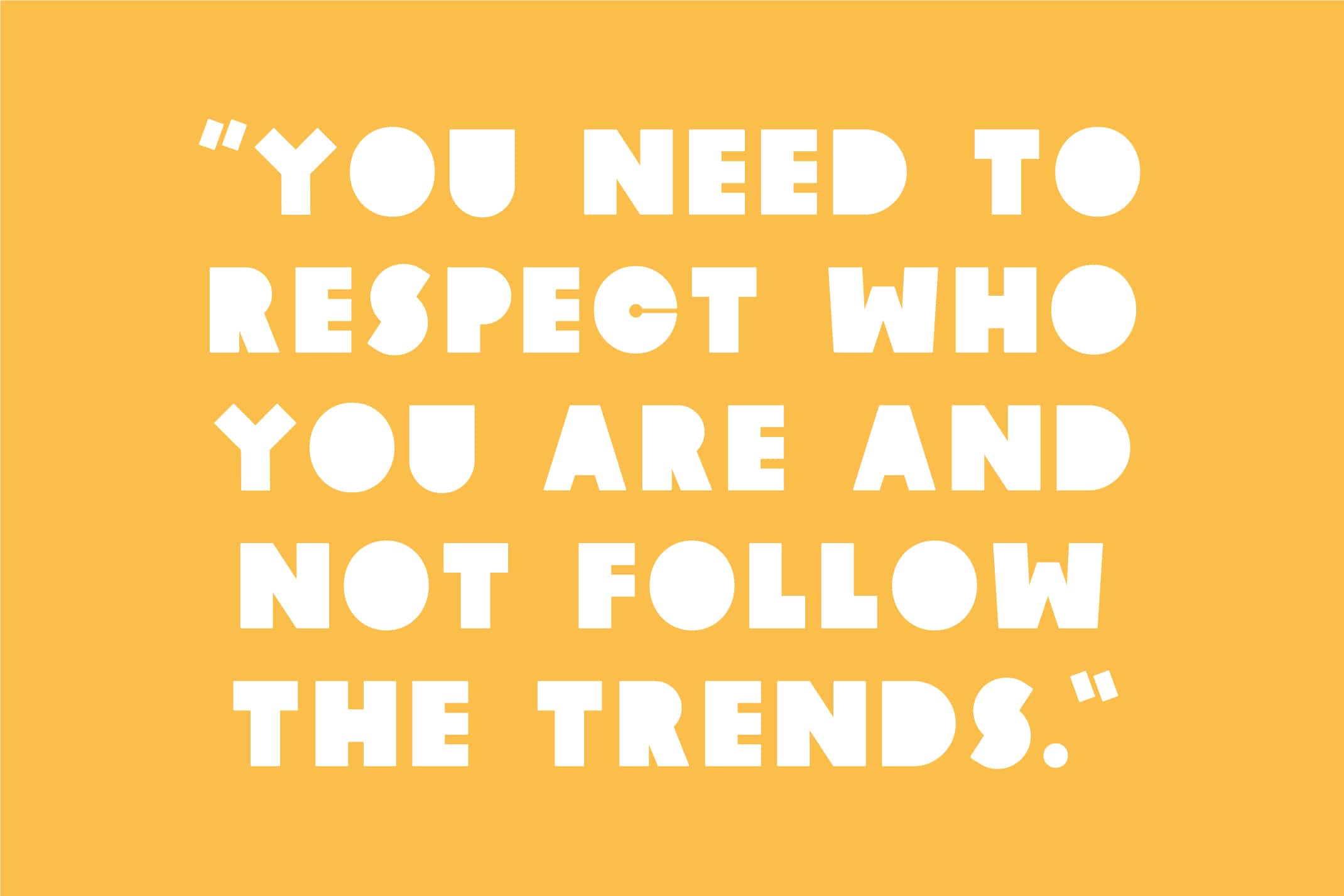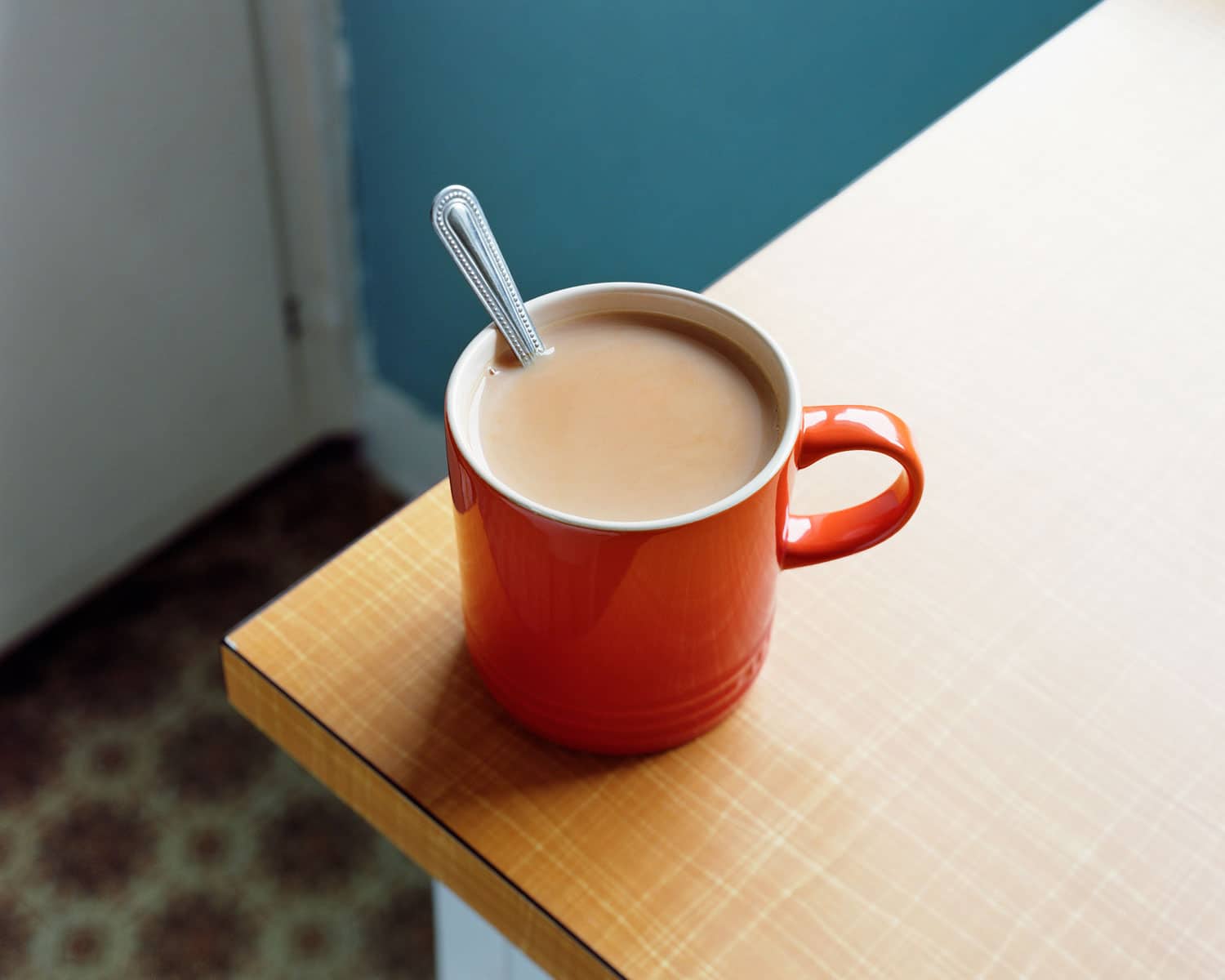
Thom Atkinson is a photographer based in London and Kent. Rooted in a documentary tradition, his work centres around people, objects and places. It is characterised by a gentle and observational approach, a natural and honest quality, and a care for the craft of picture making.
In 2015 Thom published his first photobook, Missing Buildings through his own publishing imprint, Hwæt Books. The collaboration with his sister, Beth Atkinson, brings together an extensive body of work documenting the physical and imaginative landscapes of the London Blitz. Thom’s interest in Britain, conflict and mythology is ongoing.
We caught up with Thom to talk to him about finding his creative direction, his biggest inspirations and how he balances work and home life.
Did you always love to take photos?
My dad had a 35mm Olympus when I was a kid and I remember being very excited when he let me take a picture. When I was older I knew I wanted to do something creative. It was nearly music but it ended up being photography. I love the process of making pictures and the feeling you get when you make a good one. It’s a bit like fishing or archaeology – that excited feeling of finding something when you’ve been looking for ages. But there are lots of other things about photography which I love too – working for myself and the freedom that gives you, the craft side of it which is an endless learning curve, and also getting to see weird and wonderful things in real life – it’s a really lovely way of learning about the world.
How did you find your creative direction?
When I did my degree I was making a lot of awful conceptual nonsense. I had a tutor who encouraged me to shoot a documentary project with the Army Cadets, which gave me a way forward. I actually still have it in my folio. After that, I realised I wanted to photograph things in the world rather than things in my imagination, if that makes sense. Then a few years ago I went back to university to study an MA. It was amazing, life changing and hugely inspiring. I ended up finding the subjects I really cared about. Missing Buildings came out of that and other projects, which I think I’ll be working on for many years.
How would you describe the relationship between your personal and professional work?
Complicated! I try to think of it as three categories. The first is commercial work which is ultimately motivated by money. The second is what I call folio projects, which are designed to bring in commissions or steer my career in a particular direction. And lastly there are art projects, which matter the most to me and which aren’t about money at all. I like all three in different ways and they all cross over a bit. If I can make a living doing things I enjoy, and buy time to make my art projects, I’m very happy with that.
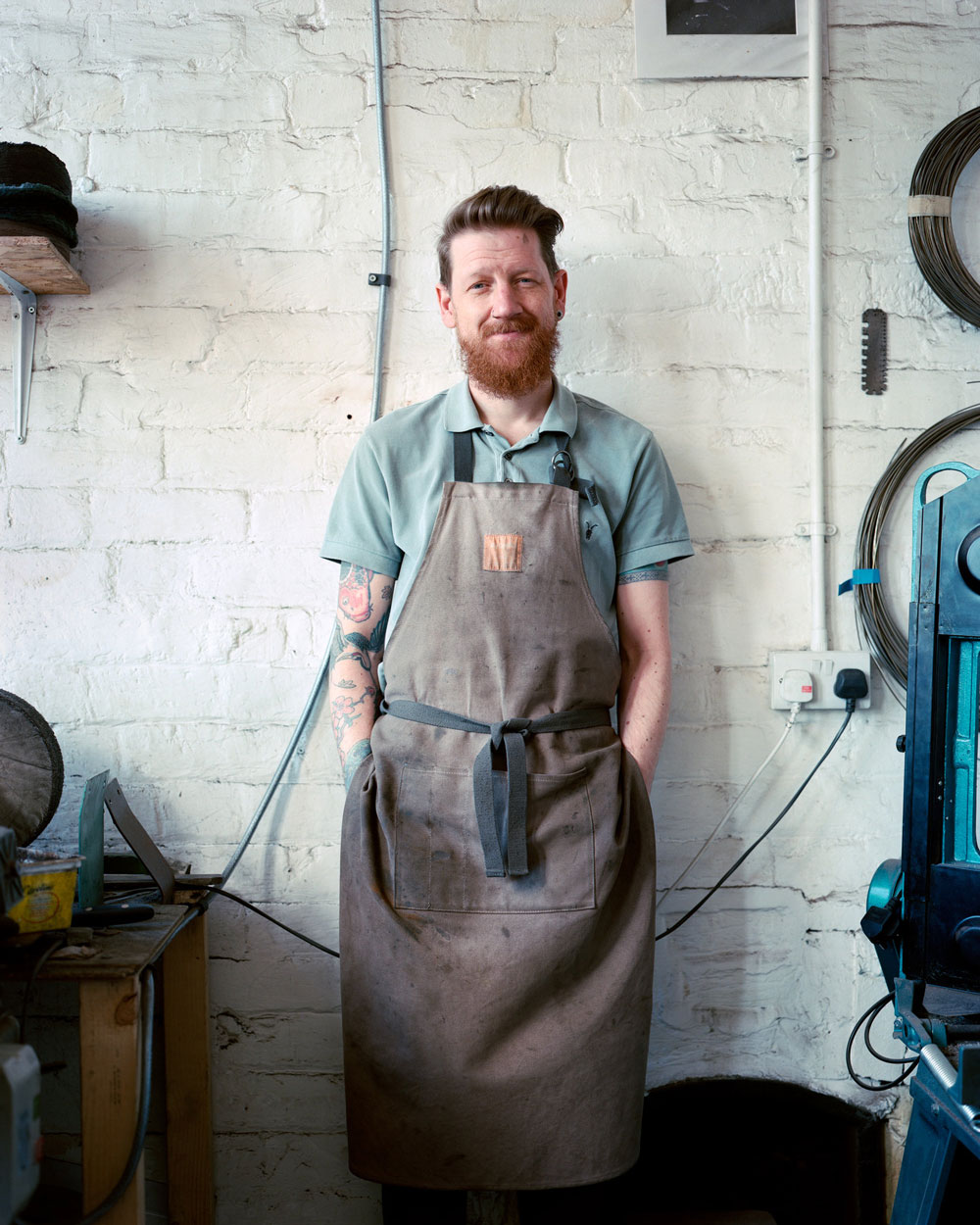
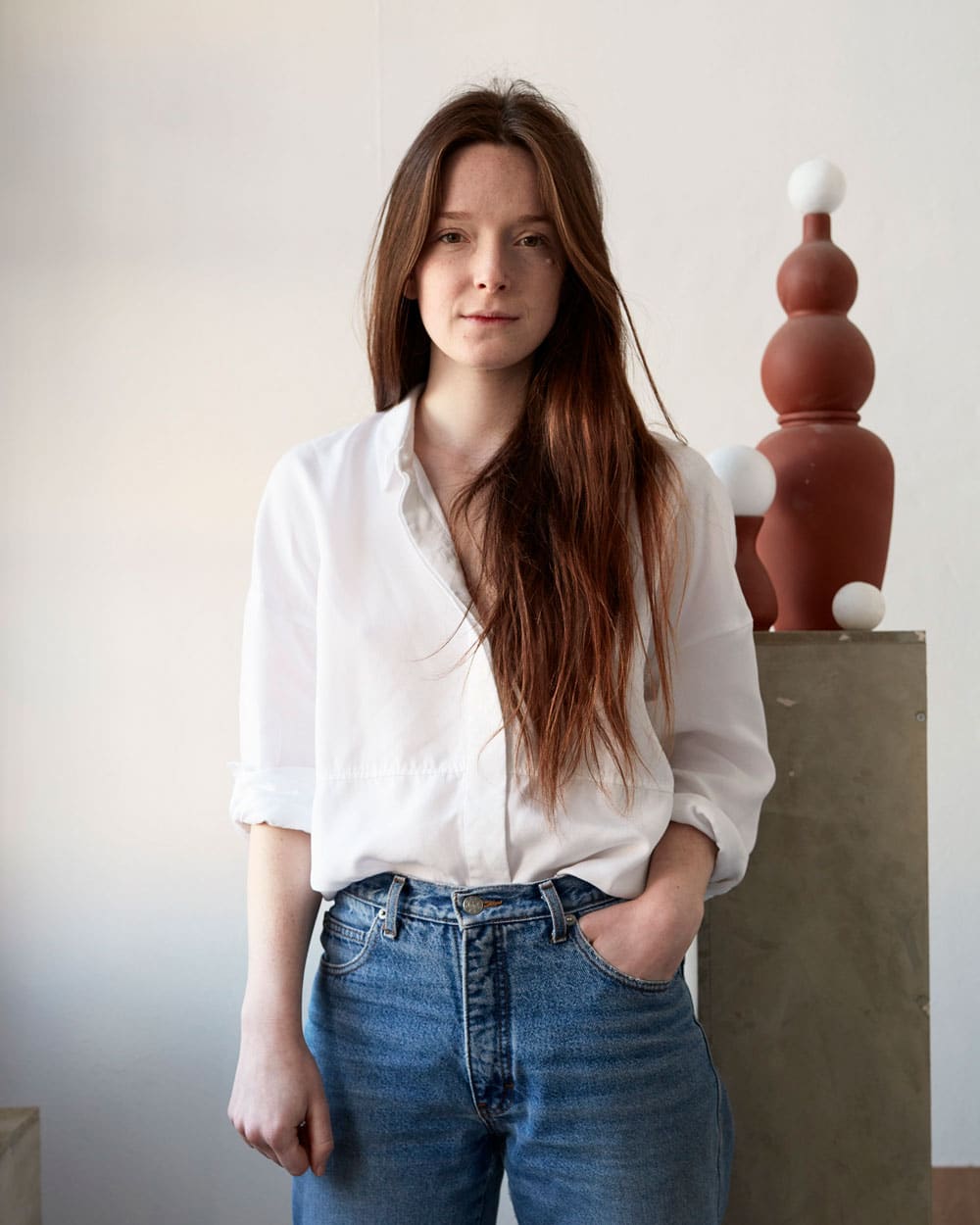
As well as photographing objects and places you often photograph people, how do you approach taking someone’s portrait?
It depends on the project a lot but if I’m doing it my own way, I like to make it a big deal. Though I shoot digitally now, I learnt how to make pictures on a large format view camera, which is quite a big operation to set up. For that reason, I don’t take a lot of pictures and I work quite slowly and deliberately. I tend to set everything up first and bring a person into the shot when I’m ready. And I like the idea that you don’t direct someone too much – I prefer to be patient and see what happens. It comes back to the thing of being more interested by pictures of the world as it is, rather than my opinion of it.
Was there ever a moment you lost your passion for photography?
When I first moved to London I assisted a lot of fashion photographers. It was horrible – I’m just not made for that world and I nearly quit. I met a photographer who made me realise it was ok to be myself and it gave me a lot of confidence. I assisted him for 6 or 7 years and that was a very influential and generally brilliant time.
Is there anyone’s work you admire?
Jem Southam, who is a wonderful photographer, known best for his landscapes. He taught my MA and has been very influential on the art side of my work. Photographers like An-My Lê and Emmet Gowin, or painters like Paul Nash and John Piper. I find I’m influenced by things outside of photography just as much – writers like Jospeh Campbell or George Orwell. Music is a big one too. I’m hugely interested in history and can get very obsessed with a particular story. The longer I’ve been a photographer the more I feel that all kinds of creative work are really the same thing. It all goes into your subconscious and influences what you make.
In 2015 you published your first photobook, Missing Buildings. What was that process like? Did you enjoy collaborating with your sister, Beth Atkinson, on the project?
It was so good. I miss it so much. Making the pictures was great – just endless walking and talking and hunting and making. The book is about the Blitz, which two of our grandparents witnessed. We got very obsessed and it become very personal and important to do it justice. Then publishing the book was also brilliant. I set up an imprint through which to make, promote and sell the book. I’m really proud of it and I want to publish more books.
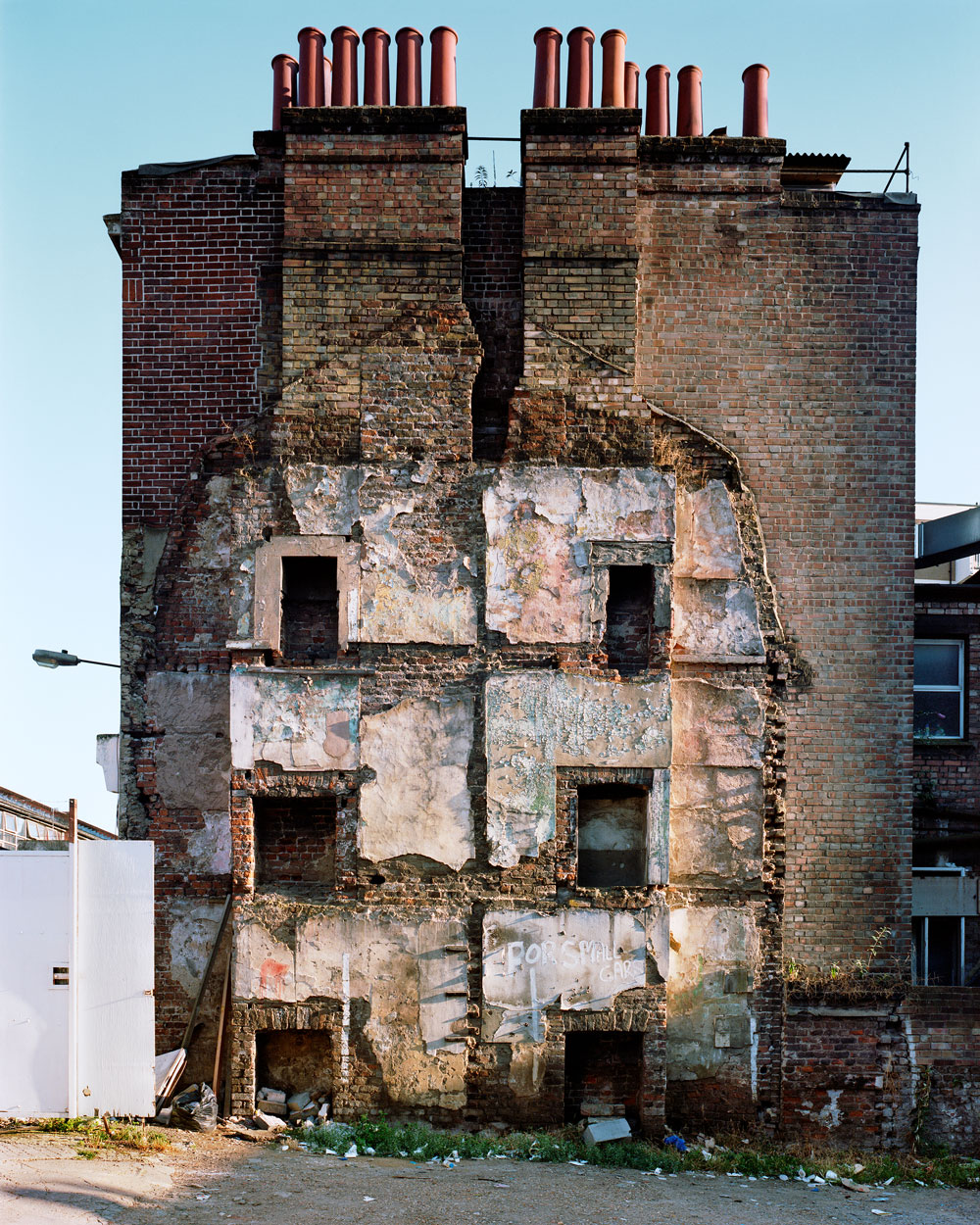
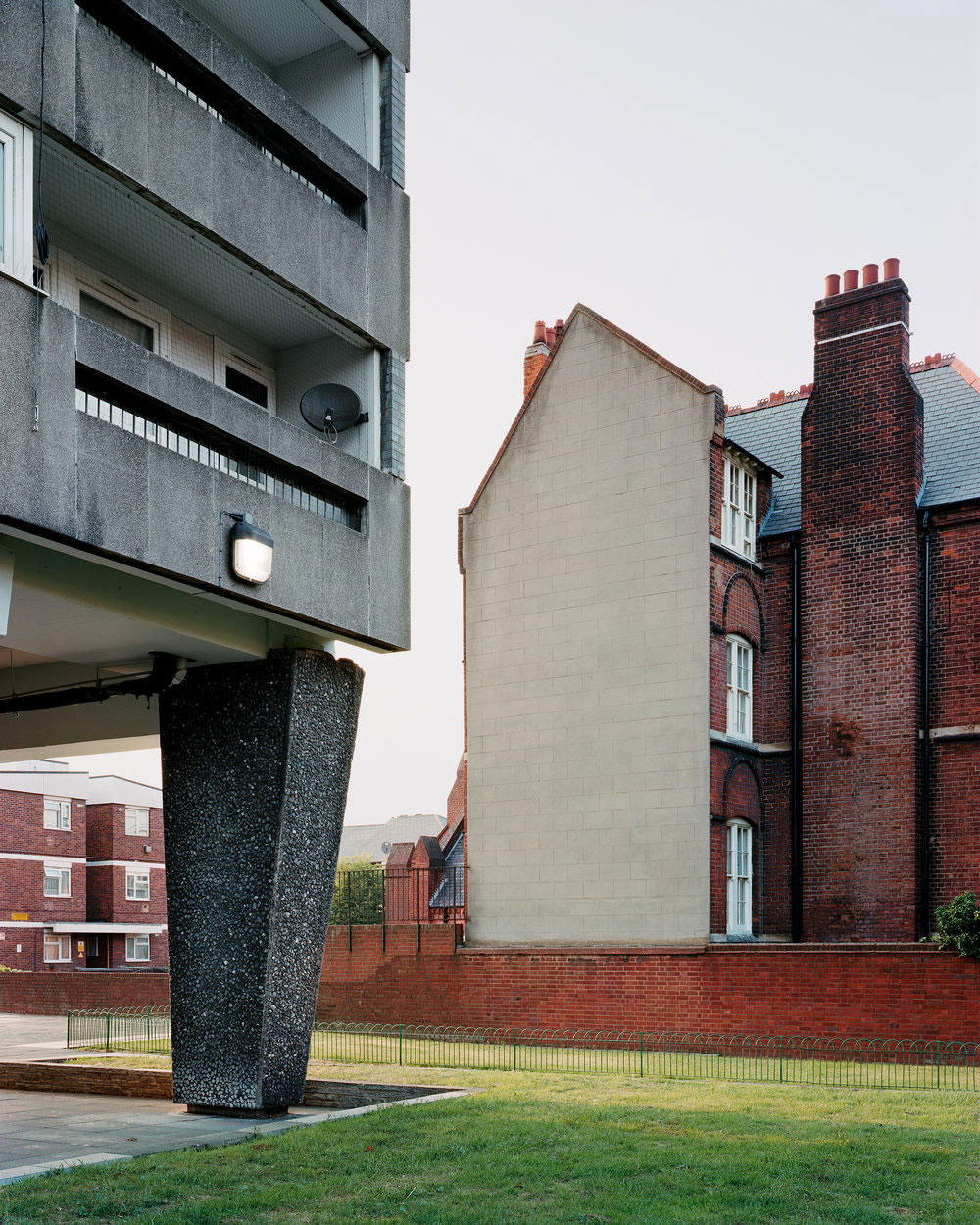
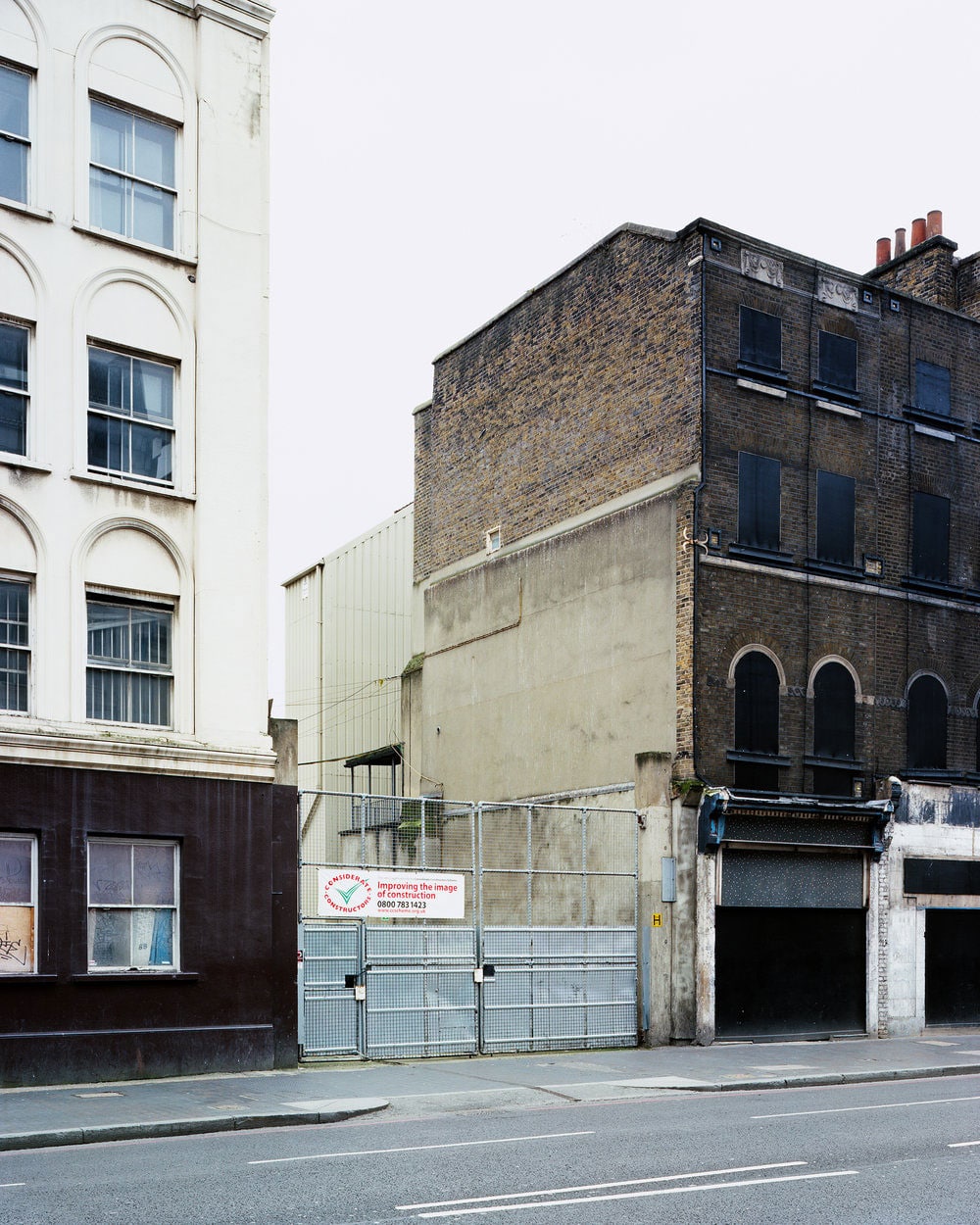
You recently became a father for the second time, congratulations! Do you feel that your work gives you a good work/life balance?
Thank you! It’s brilliant but I do find it difficult. On one hand it’s great because my time is flexible and I’m very lucky to see so much of my children. But on the other hand, work like this makes you quite single minded – it feels like a mission more than a job and it’s hard switch between those two modes sometimes. One minute you’re on a conference call to America, the next you’re pretending to be a robot with a 3 year old. Ultimately it’s good and I’m very, very lucky.
What are you currently working on?
I’m beginning to think about a project I started before Missing Buildings, which is called V. It’s very connected to Missing Buildings and ideas of British history, warfare and mythology. Brexit makes me want to do it even more because I feel the mythology of Britain and the world wars is partly responsible. For me it’s a big and exciting project, but I have no idea what I’m doing or where it’s going. I think this is a good sign – projects should be a mystery to solve. Aside from that I’m working on a still life project about hedgerows for a magazine, and some moving image projects with a musician.
What advice would you give to aspiring photographers?
Unless you’re a super confident extrovert, one of the hardest things about photography is getting out the door to do it. It’s not a comfortable thing to do. I think of the phrase “fortune favours the brave” a lot. Someone once said you only have to be a little bit more curious than you are nervous or sceptical, and that’s enough to make you take the risk. I also think it’s good advice to learn your craft and view photography as a very complex set of skills to develop and hone – it’s not just technology. And I think it’s important to find your subject and a way to make pictures that you’ll never get bored of and will always care about. For me, with things like Missing Buildings and V, it was something I’ve cared about since I was a kid. I think it’s just to do with uncovering something in your subconscious and you already know what you’re supposed to do.


